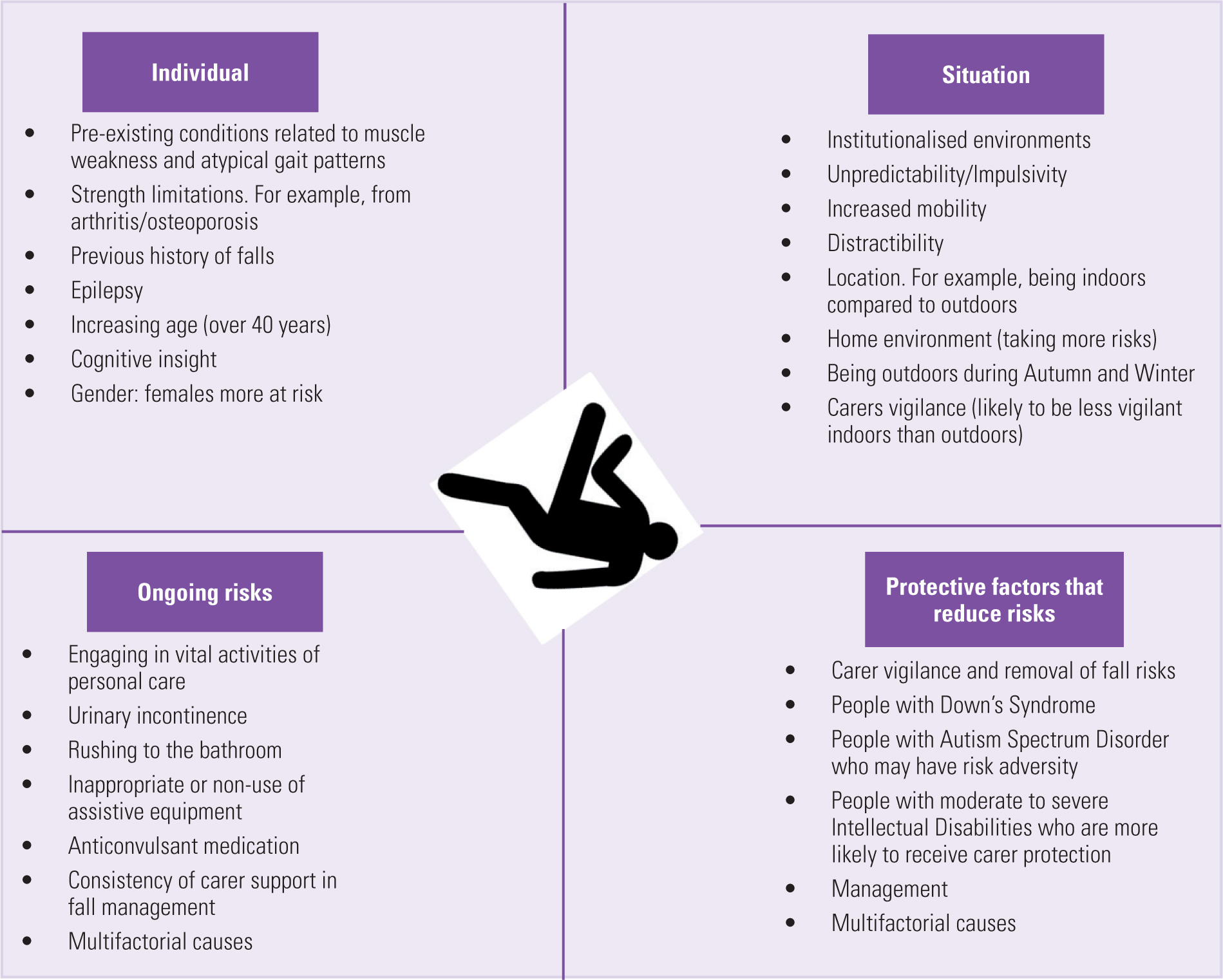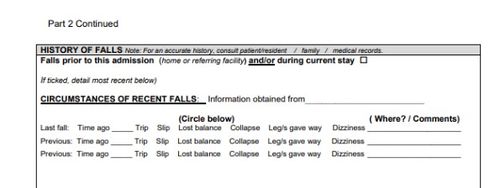Some Known Facts About Dementia Fall Risk.
Table of ContentsRumored Buzz on Dementia Fall RiskExamine This Report about Dementia Fall RiskThe Basic Principles Of Dementia Fall Risk The 15-Second Trick For Dementia Fall Risk9 Simple Techniques For Dementia Fall Risk
Ensure that there is an assigned location in your clinical charting system where team can document/reference ratings and document relevant notes related to drop prevention. The Johns Hopkins Loss Threat Assessment Tool is one of several tools your team can make use of to help avoid damaging medical events.Patient falls in healthcare facilities are typical and debilitating negative events that linger regardless of years of effort to decrease them. Improving interaction across the evaluating registered nurse, care team, individual, and patient's most included family and friends might enhance loss prevention efforts. A team at Brigham and Women's Health center in Boston, Massachusetts, looked for to create a standard autumn prevention program that centered around improved communication and individual and family members interaction.

The advancement team emphasized that successful execution depends on client and team buy-in, integration of the program into existing process, and integrity to program procedures. The group noted that they are facing how to guarantee connection in program implementation during periods of situation. Throughout the COVID-19 pandemic, for instance, an increase in inpatient drops was related to limitations in client involvement in addition to limitations on visitation.
The smart Trick of Dementia Fall Risk That Nobody is Talking About
These events are generally thought about avoidable. To execute the treatment, organizations require the following: Access to Loss TIPS sources Fall pointers training and re-training for nursing and non-nursing personnel, including brand-new registered nurses Nursing operations that enable person and household interaction to conduct the drops analysis, guarantee use of the prevention plan, and conduct patient-level audits.
The results can be extremely harmful, usually accelerating client decline and causing longer healthcare facility stays. One study estimated keeps increased an added 12 in-patient days after a person fall. The Loss TIPS Program is based upon appealing people and their family/loved ones across 3 main processes: assessment, individualized preventative treatments, and bookkeeping to make certain that clients are participated in the three-step loss avoidance process.
The individual assessment is based on the Morse Autumn Range, which is a validated autumn danger assessment tool for in-patient healthcare facility settings. The range consists of the six most typical reasons clients in health centers drop: the client fall background, high-risk conditions (including polypharmacy), use of IVs and various other exterior devices, mental status, gait, and flexibility.
Each danger factor links with several workable evidence-based treatments. The registered nurse develops a plan that includes the treatments and is visible to the treatment team, client, and household on a laminated poster or published aesthetic aid. Registered nurses create the strategy while consulting with the person and the individual's family members.
The Main Principles Of Dementia Fall Risk
The poster serves as a communication device with various other participants of the client's treatment team. Dementia Fall Risk. The audit part of the program consists of evaluating the patient's knowledge of their danger variables and prevention strategy at the unit and hospital degrees. Nurse champions carry out click for source at least five specific interviews a month with individuals and their households to inspect for understanding of the fall prevention strategy

An approximated 30% of these drops cause injuries, which can vary in intensity. Unlike other adverse occasions that call for a standard clinical response, fall prevention depends very on the demands of the person. Including the input of individuals that understand the patient best allows for better personalization. This method has actually proven to be a lot more reliable than loss avoidance programs that are based mainly on the manufacturing of a risk rating and/or are not adjustable.
Some Known Incorrect Statements About Dementia Fall Risk

Based upon bookkeeping outcomes, one site had 86% conformity and 2 websites had more than 95% compliance. A cost-benefit analysis of the Loss ideas program in 8 health centers estimated that the program price $0.88 per person to carry out and resulted in cost savings of $8,500 per 1000 patient-days in straight costs connected to the avoidance of 567 falls over 3 years and 8 months.
According to the technology team, companies curious about implementing the program should perform a readiness analysis and falls avoidance spaces analysis. 8 Furthermore, organizations need to guarantee the needed facilities and operations for execution and establish an execution strategy. If one exists, the organization's i loved this Loss Avoidance Task Pressure ought to be associated with preparation.
Get This Report about Dementia Fall Risk
To start, companies need to make sure completion of training components by nurses and nursing assistants - Dementia Fall Risk. Hospital team ought to analyze, based upon the demands of a medical facility, whether to use an electronic health document hard copy or paper variation of the autumn prevention plan. Implementing teams must hire and train nurse champs and establish processes for bookkeeping and reporting on fall data
Team need to be entailed in the process of redesigning the workflow to engage individuals and family in the analysis and avoidance strategy procedure. Solution should be in area to make sure that devices can recognize why an autumn occurred and remediate the cause. A lot more specifically, nurses must have channels to provide ongoing comments to both personnel and unit leadership so they can change and boost loss avoidance operations and interact systemic troubles.